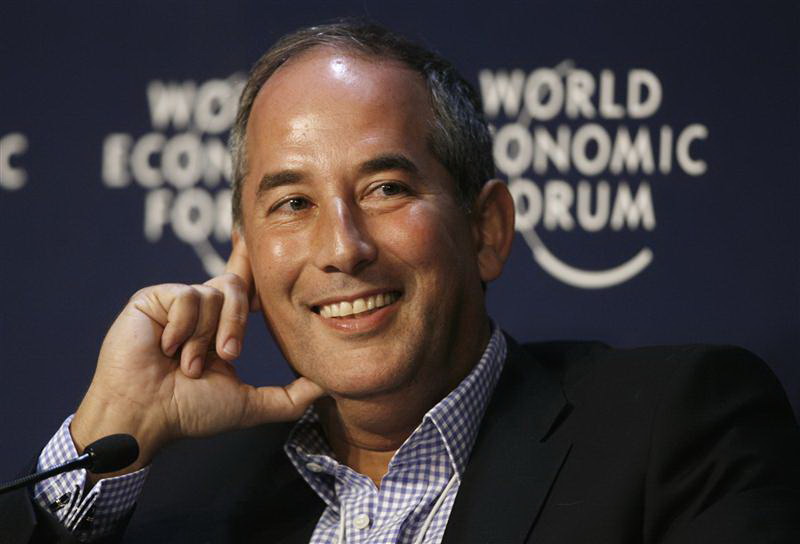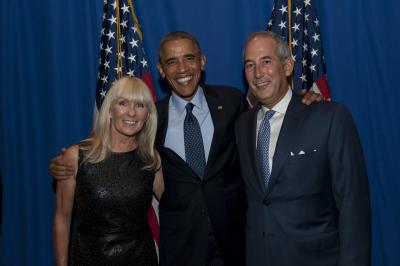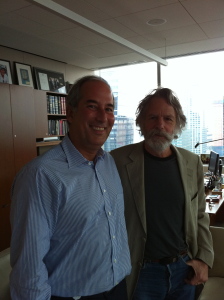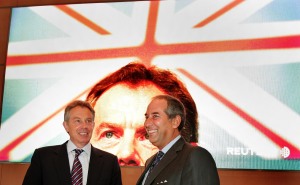If the 19th century was the age of the newspaper and the 20th century the age of radio and television this century will be defined as the age of media personalisation. The news you want when you want it. The concept is simple – forget the old media that decided what was news and when and how you would consume it. Personalisation is all about supplying news to the individual.
Technology is changing the economics of the industry. The traditional television broadcast model involved towers or satellites or the payment of carriage charges. Huge costs meant you had to have broad appeal. That is why societies get the media that best represent the majority. The audience of Fox television has grown as CNN’s has declined. But technology now allows content companies to offer personalised news products. Audiences not big enough to be commercially viable in one country will be so once technology brings them together across the globe.
Personalisation of news will cut through the clutter opening up the newsroom and letting consumers play editor. If we know what stocks you hold what line of work you are in where you live and what you do during the weekend we will be able to match the news you need to your profile. Eighty per cent of personalised news will follow this matching approach.
But personalisation will need to leave space for human expression. Customised content needs to be flexible enough to provide quirky and strange items as well – and to avoid users feeling uncomfortable about media companies making news that exactly matches customer profiles. Twenty per cent of personalisation will have to be content you might not otherwise stumble across – stories you might read over someone’s shoulder on a train the "and finally" items that end traditional news bulletins.
This structural change means content companies will have to develop new skills. The accuracy and timely delivery of breaking news will be critical; so will deep analysis. Content providers will need to have global reach and a more detailed picture of their customers. Five key factors will prove to be the difference between success or failure.
Five factors to success or failure
First if you are not supplying news for many different technology platforms you are dead. It might be TV over the internet or a third-generation mobile phone; it might look something like a smart music playlist – "pod-casting" for news. But I do not think it matters. The consumer will decide and technology will provide.
Second whatever the platform it will need to support high-quality pictures and videos. One of the results of globalisation is that what happens anywhere in the world may have a bearing on our lives. The chaos theory impact of news if you like. The further you are from the news the more you need pictures and videos to understand what is going on. Just think about how people needed images of last year’s tsunamis before they understood their power.
Third content-providers must accept that customers are promiscuous – they get content from a variety of sources – and that that is all right. We all need to embrace interoperability and exchange. One look at the music industry shows what will happen if we do not have the courage to open up and try instead to fence consumers in.
Fourth in the age of information overload a premium will be placed on personalisation but no single revenue stream will predominate. Just as the early internet companies discovered they needed more than one revenue model media companies will need to have multiple sources of revenue from news personalisation. As content moves from desktops and on to mobile devices a lot of opportunities to generate revenue will open up. Subscription will be important but will be part of a broader mix that will include advertising and in some cases a transaction model with customers paying for specific information.
The real legacy problem of the internet is that people expect to get content for free. Gradually this perception can and must be changed. People are not getting free news on their 3G mobiles – they are paying for it. The success of the mobile operators is a good model for charging for content.
Finally success is all about brands. Strong brands will win. In a crowded market you need a recognisable name and a strong track record. Just as trust in government and institutions is declining across the industrialised world trust in media is also on the wane. Recent controversies surrounding respected institutions such as the New York Times and the BBC underline the fact that trust and reputation can be lost quickly. Equally with the rise of bloggers adding to confusion about the reliability of online information greater value will be placed on trust and good judgment.
What is to be gained?
What is the opportunity for companies such as mine? I believe Reuters has a reputation for supplying a product that consumers can trust. Our values of speed accuracy and freedom from bias mean that people trust what we are telling them to be the truth. We are determined not to miss the personalisation wave. With modest investment we are marshalling our under-exploited media assets and strong brand to offer personalised news services direct to consumers.
The opportunity for content companies is large but there are risks as well. Today’s media giants who have the advantage of brand and content need to act quickly otherwise smaller companies will seize the opportunity from them.
Published in Financial Times 7 March 2005.





